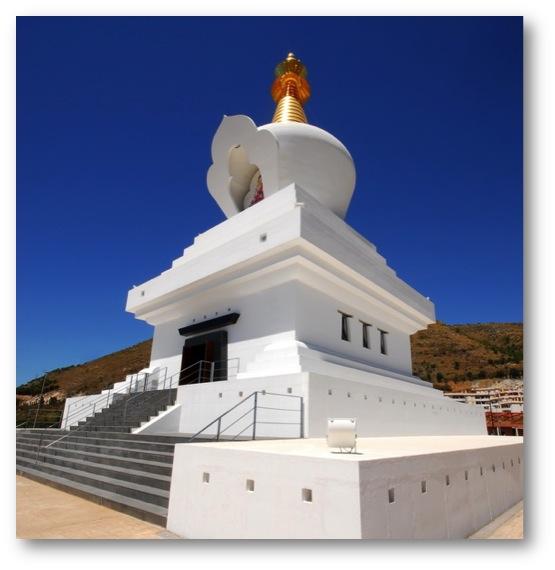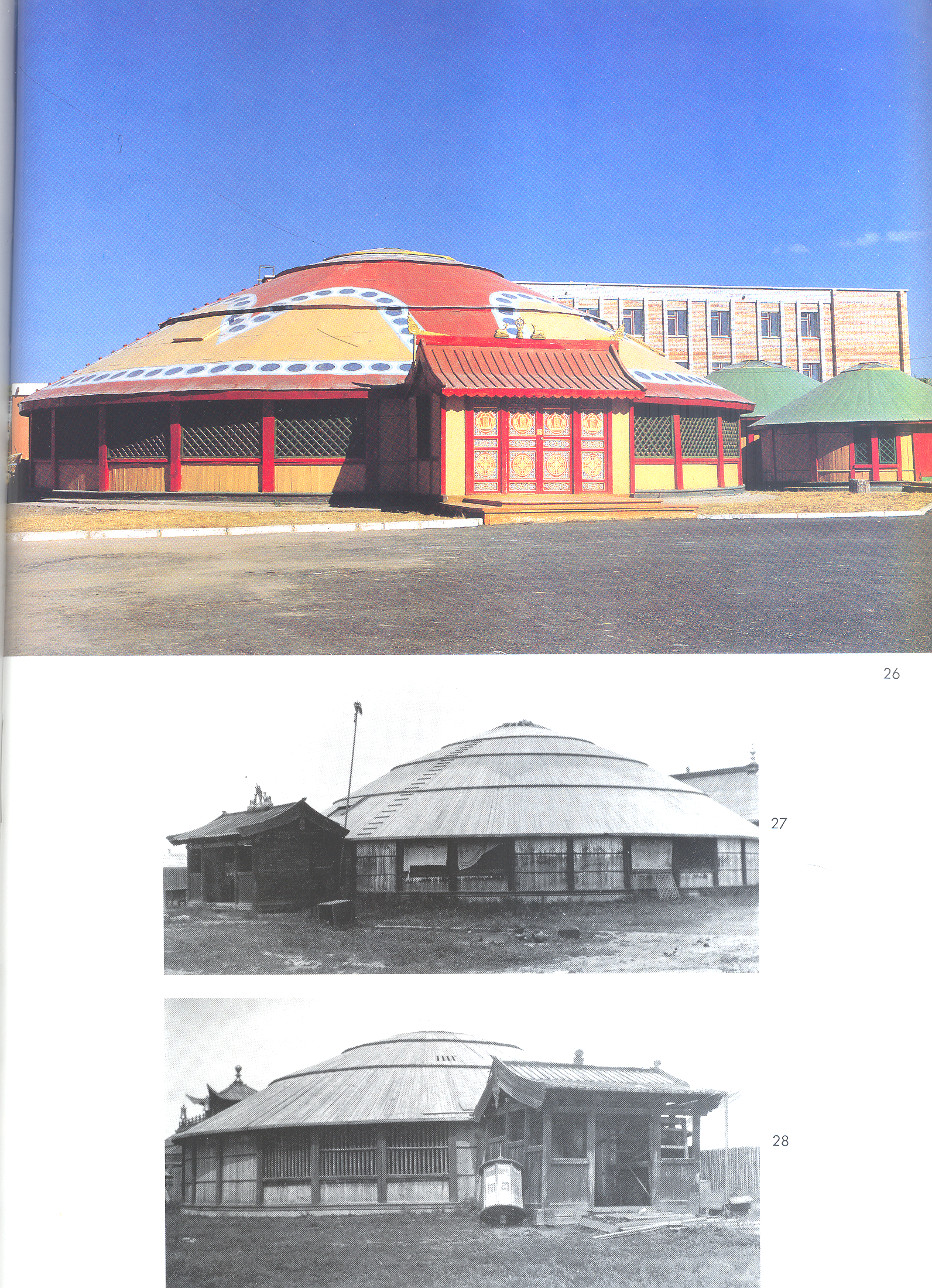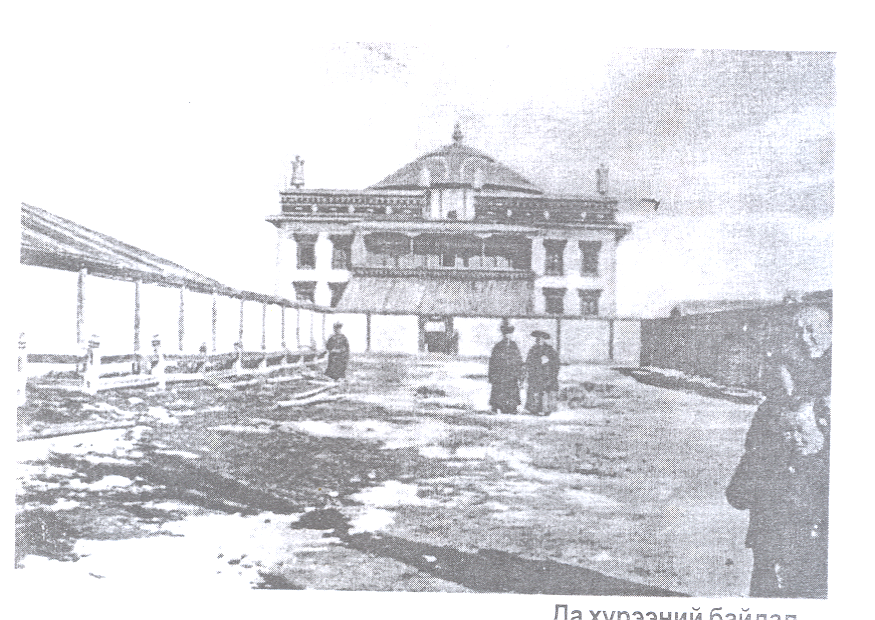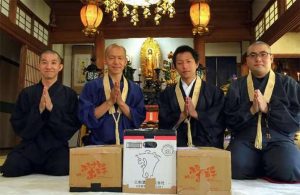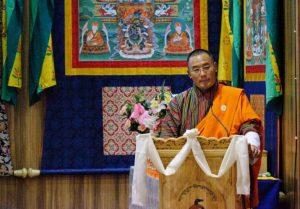
As I am not an art historian, I had some hesitation in attending the talks on “Buddhist Art and Architecture.” However, after reading the abstracts, I was surprised to learn that the research on Buddhist art is far greater in scope than I had imagined. In fact, it is a cross-disciplinary field, spanning literature, socio-political culture, and Buddhist texts as well as art history.
It was particularly interesting to discover how the visual arts served to disseminate culture before the use of written language. For example, through an interpretation of the symbolic meaning of the two standing Buddha statues on either side of a life-sized copper image of the Buddha Shakyamuni in the Kwa Baha (Golden Temple) in Lalitpur, Aurora Graldi (University of Vienna) not only demonstrated how a Nepalese “school” of sculpture was fostered in the influential period (5th–8th century), but also proposed that the artistic matrix of Nepalese art represents a cultural continuity between the Kathmandu Valley, the Western Himalayas, and Central Asia via pilgrim and trade routes. The two Buddha statues, with a wooden main body but gilded-copper limbs and head, are among the earliest examples of standing Buddhas still preserved inside the original monastic foundation, and present a unique formal solution in which different techniques and materials are combined.
In his paper, Angus Cargill (Northern Consortium of UK Universities, Beijing) attempted to demonstrate the relationship between Achaemenid Persia and India in the 6th and 5th centuries BCE through a number of early images. He argued that the “lamp-holding” statues from Greece displayed in the assembly hall of the Shakya State in Kapilavastu (present-day southern Nepal) may well date back to the Buddha’s time, before the arrival of Alexander the Great; as such, the partially aniconographic representations in Buddhism may mirror a similar situation in Achaemenid Persia.
While Katia Juhel (Ecole pratique des hautes études) examined the scenes and sequences of the life of the Buddha in Gandharan art in comparison with textual sources, Béla Kelényi (Ferenc Hopp Museum of Eastern Asiatic Arts) looked at statues of an unusual wrathful deity that also appears on the so-called “Long Scroll” in the National Palace Museum, Taipei, where it has a golden body, nine heads, eighteen arms, three legs, and two black wings; while some of the statues were created in the Dali Kingdom (937–1253), others were produced around the time of the Qianlong emperor (r. 1735–96), who once owned the scroll. Winston Kyan (University of Utah) investigated the relationship between representations of the Shanzi jataka and later filial piety sutras within the context of Dunhuang in medieval China, to argue for a visual function of this jataka that complements social, historical, and religious interpretations.
Regrettably, I was unable to attend all the papers in the section. Among those I did attend, three were of especial interest: “Tibetan Stupas (mchod rten) in Europe: Convert Romanticism and Worship,” by Eva Seegers; “A Buddhist Temple in Mongolia: An Idiosyncratic Case,” by Uranchimeg Tsultem; and “A Problem regarding the Gandharan Origin of the Buddha Image—On Kushan Buddha Coins,” by Zhao Ling.
Tibetan Stupas (mchod rten) in Europe: Convert Romanticism and Worship
Where was the first Buddhist stupa in Europe built? What are the special features of European stupas? How are they different from those in the East? These questions involve interdisciplinary research in art history, architecture, and religious studies.
Eva Seegers, an expert on wooden art preservation and a research fellow at the University of Hamburg in Germany, has investigated these questions in her textual research and fieldwork on the transferal of stupas from the Tibetan cultural region to the West. In her paper, Seegers revealed that the first European contemporary stupa in the Karma Kagyu tradition was built in France in 1980. From her survey, there are a total of 220 stupas in the Karma Kagyu and Dagshang Kagyu traditions spanning 16 countries in Europe, highlighting the widespread interest in Buddhism in the West. Yet it is no simple task to build a stupa in a Western context. The prerequisites include spiritual guidance, a building permit from the local authorities, and a committed project team.
When stupas are transferred to a new cultural environment, does their meaning change? Seegers argued that the key principles of stupa construction are maintained: “The symbolic meaning of a stupa is to be a representative of the dharmakaya, the truth body of the Buddha. The basic architectural structure and shape follow those original ones in the East.” For example, one of the largest stupas (33 m) built in Europe so far, at the Costa del Sol in Spain, was inspired by the National Memorial Chorten in Thimphu, Bhutan. Although this stupa has several innovations, its construction still adheres to the requisite traditional principles, making it an authentic object of worship. The filling of stupas with relics and other substances and the traditional post-construction rituals are also necessary and important procedures, and these were upheld in the erection of the stupas under study.

A Buddhist Temple in Mongolia: An Idiosyncratic Case
What are the specific characteristics of Mongolian Buddhist architecture? In our conversation following her presentation, Uranchimeg Tsultem, a lecturer at UC Berkeley and an associate professor at the National University of Mongolia, explained that Buddhism was consistently practiced in Mongolia from the imperial period in the 13th–14th century until the 1930s. Mongolian Buddhism is part of the Vajrayana tradition, which entered Mongolian territory through the Mongol alliance with Tibet. While Mongolian monasteries included both Chinese- and Tibetan-style buildings, the characteristics of Mongolian Buddhist culture are still under-researched. “I consider it is significant to understand the ways Buddhist architecture developed in Mongolia. . . . [It] has its unique forms and styles adapted to the Mongolian nomadic mode of life,” said Tsultem.
Unlike Tibetan monasteries, the most significant feature of Mongolian Buddhist architecture is its transportability. Temples are built in the shape of a ger, or yurt, such as Ikh Khüree, also known as Urga, which was constructed in 1639. The monastery was a moveable site that changed its location nearly 30 times before 1855. In a 1912 painting, one can clearly see that the temple consisted of two circular parts. Tsultem argued that Ikh Khüree strategically developed into the central monastic site for Mongolian nomads, and was thus instrumental in the massive conversion of Mongols to Buddhism during the 18th century. Its transportability assisted in the spread of Buddhist teachings to remote areas and nomadic Mongol families. Ikh Khüree was the capital of Mongolia from the 18th century until 1911, but was destroyed completely in the 1930s and the capital renamed Ulaanbaatar by the new regime in 1924.
Uranchimeg Tsultem and Vesna Wallace have won the collaborative research fellowship 2013–14 from The Robert H. N. Ho Family Foundation program for their work.
References
Wallace, Vesna, ed. Forthcoming. Buddhism in Mongolian Culture, Society, and Politics. Oxford: Oxford University Press.
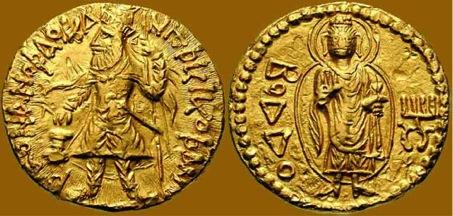
A Problem regarding the Gandharan Origin of the Buddha Image—On Kushan Buddha Coins
When was the first Buddha image created? This question has been debated for more than a century. Over the past hundred years, many European scholars have considered the Gandharan region to have played a central role in developing the Buddha image, during the Kushan dynasty (c. 1st–3rd century CE). The Gandharan style was influenced by both ancient Greece and Persia. However, Zhao Ling, a post-doctoral fellow at Zhejiang University in China, argued that the Buddha image was created in Mathura, and that such images preceded the emergence of the Gandharan style.
A significant piece of evidence in support of Zhao Ling’s argument is the Kushan coins recently excavated in today’s Xinjiang Uyghur Autonomous Region of China and in Pakistan. Most Kushan coins that have come to light were made during the era of King Kanishka (r. 78–101). A gold coin excavated from Gandhara and now in the collection of the Museum of Fine Arts, Boston bears an image of the king on the obverse and a standing Buddha with the Greek inscription “BOΔΔO” on the reverse, hence the first Buddha image could not have been made later than the accession of King Kanishka. While some believe that the Buddha image was first created on Kushan coins, and probably during the Kanishka era, Zhao Ling posited that the depiction of a Buddha image on coins would have taken place only after the creation and popularization of the image. Moreover, with recent archeological finds such as money tree images dating to 125 CE in China, she argued that the first Buddha image was probably created during the early Kanishka era in Mathura.
Furthermore, as fewer Kushan coins with Buddha images have been found compared with those depicting Greek or Brahmanical gods, Zhao Ling proposed that people confused the Buddha with other gods worshipped in Gandhara, and represented Buddha images on coins only occasionally. This may indicate that Buddhism was not especially popular around the era of King Kanishka in Gandhara. Finally, from the bronze coins featuring a seated Buddha, it is evident that the terms “bodhisattva” and “Buddha” were confused. This may reflect the fact that the coins were produced before the 4th century CE, when the linguistic definition of the two terms was yet to be codified. Hence, as she argued, the creation of Buddha images in the Gandhara style could well have been influenced by earlier images produced in Mathura.
Acknowledgements
I would like to thank Eva Seegers, Uranchimeg Tsultem, and Zhao Ling for their help in providing information.
Back to IABS Special Issue Homepage


